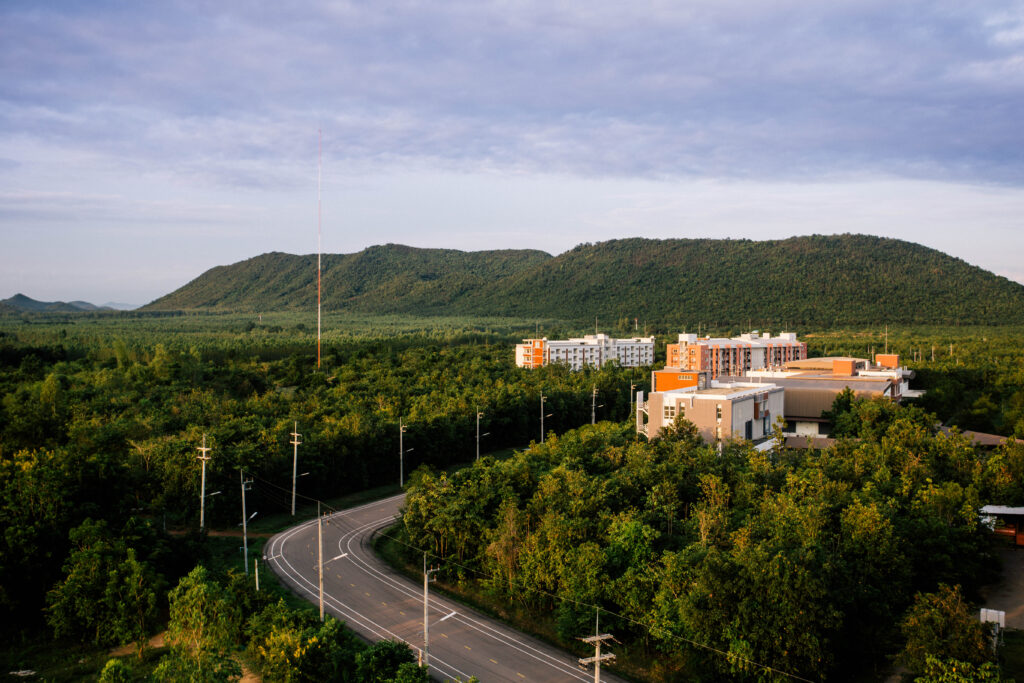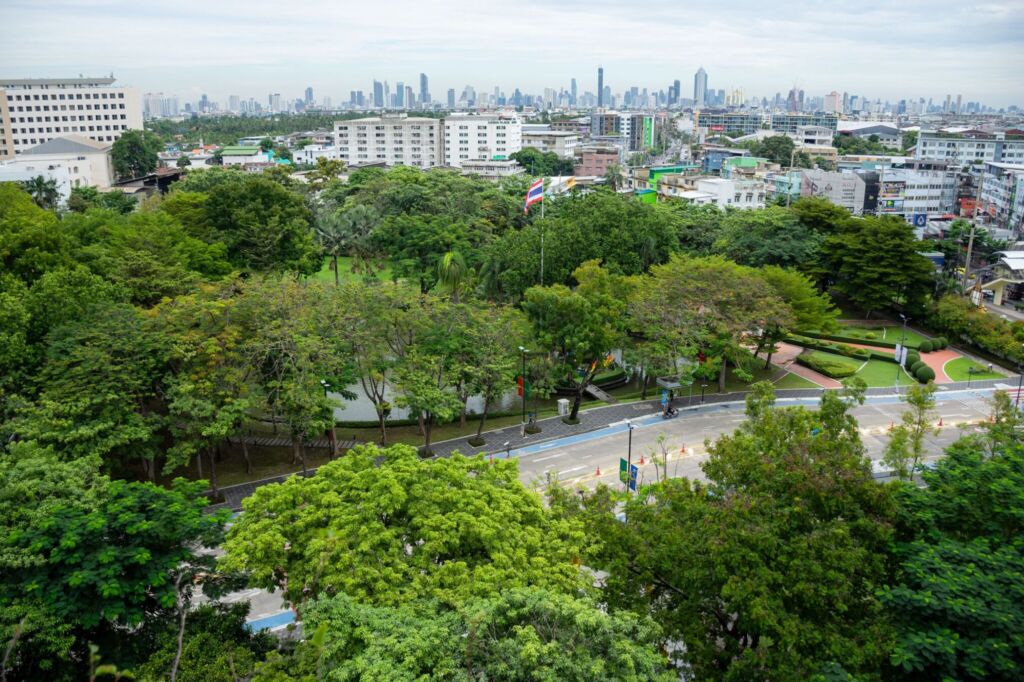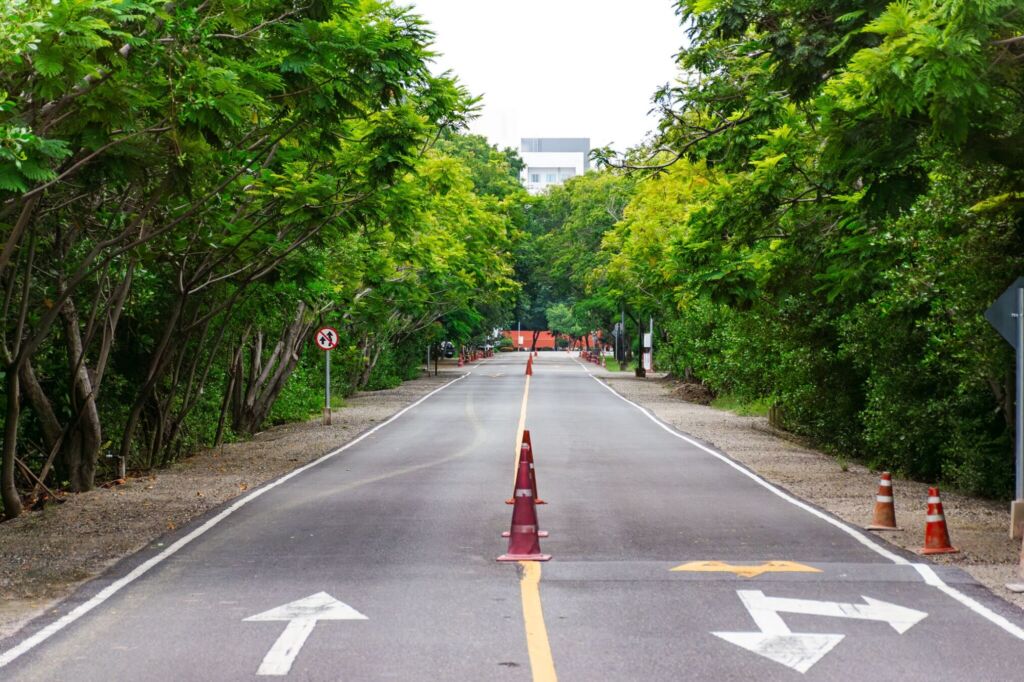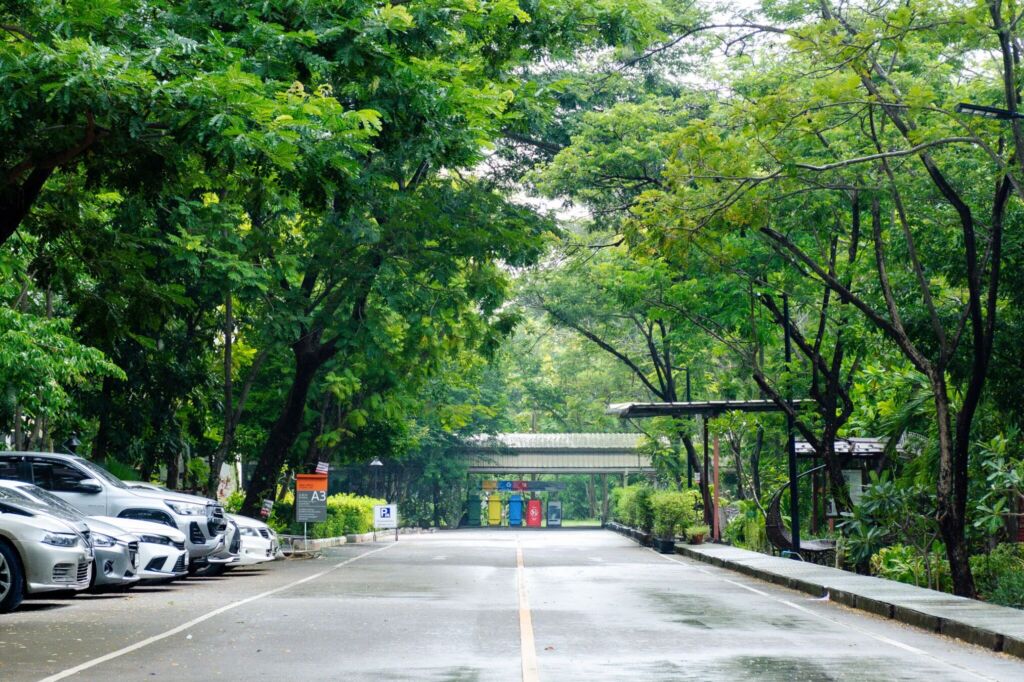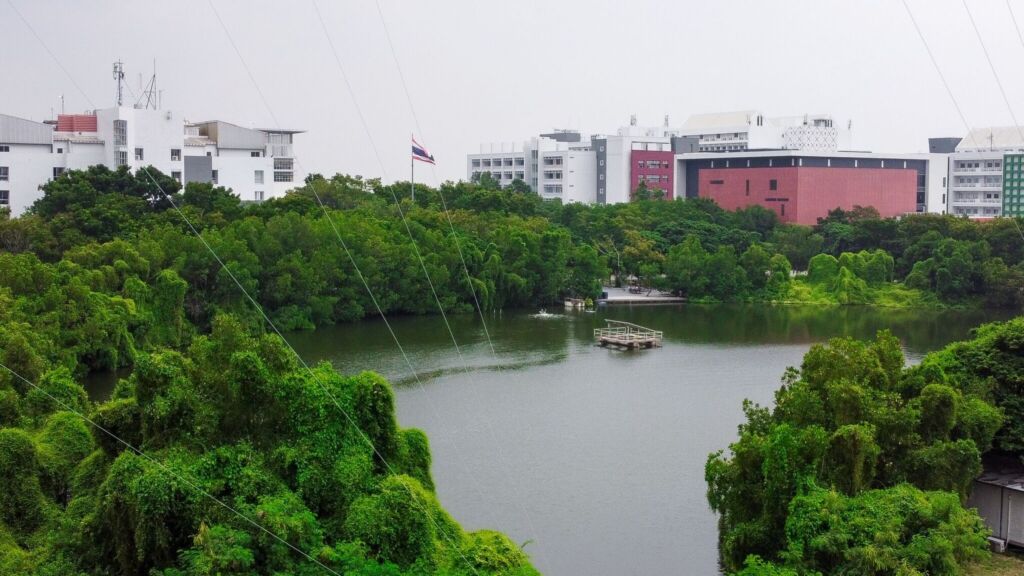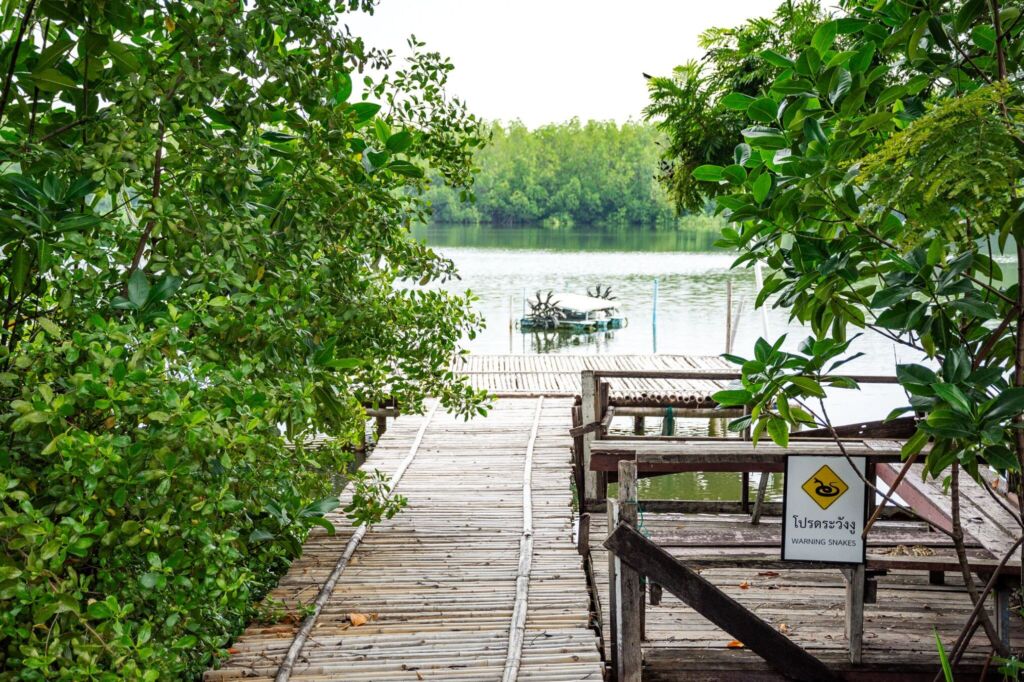In 2025, KMUTT has shown remarkable progress in expanding its forest vegetation areas across its campuses, demonstrating a commitment to environmental conservation and sustainability. Here’s a breakdown of forest areas by campus:
- KMUTT Bangmod: 33,729.88 square meters
- KMUTT Ratchaburi: 1,530,800.32 square meters
- KMUTT Knowledge Exchange: 0 square meters
- KMUTT Bangkhuntien: 180,724.73 square meters
In total, KMUTT has dedicated 1,745,254.93 square meters to forest vegetation, which constitutes approximately 67.74% of the total campus area (2,576,342.40 square meters). This green expansion not only enriches the biodiversity within campus areas but also contributes to improved air quality, reduced urban heat, and sustainable land use.
Beyond Numbers: The Impact of Green Initiatives
KMUTT’s efforts extend beyond merely increasing forest cover. These green spaces serve as vital habitats for various plant and animal species, helping to protect local ecosystems. Additionally, the forests contribute to carbon sequestration, aligning with global climate goals by reducing carbon dioxide levels in the atmosphere.
Educational and Research Opportunities
The forest areas also serve as open laboratories for students and researchers, providing a practical learning environment to study ecology, forestry, and environmental science. KMUTT’s green spaces foster a deeper connection between the university community and nature, reinforcing the importance of conservation in academic and everyday life.
By continuously expanding its green areas, KMUTT is not only creating a more sustainable campus but also setting an inspiring example for other institutions to follow. This commitment to environmental stewardship reflects KMUTT’s dedication to a greener, more sustainable future for Thailand and beyond.


